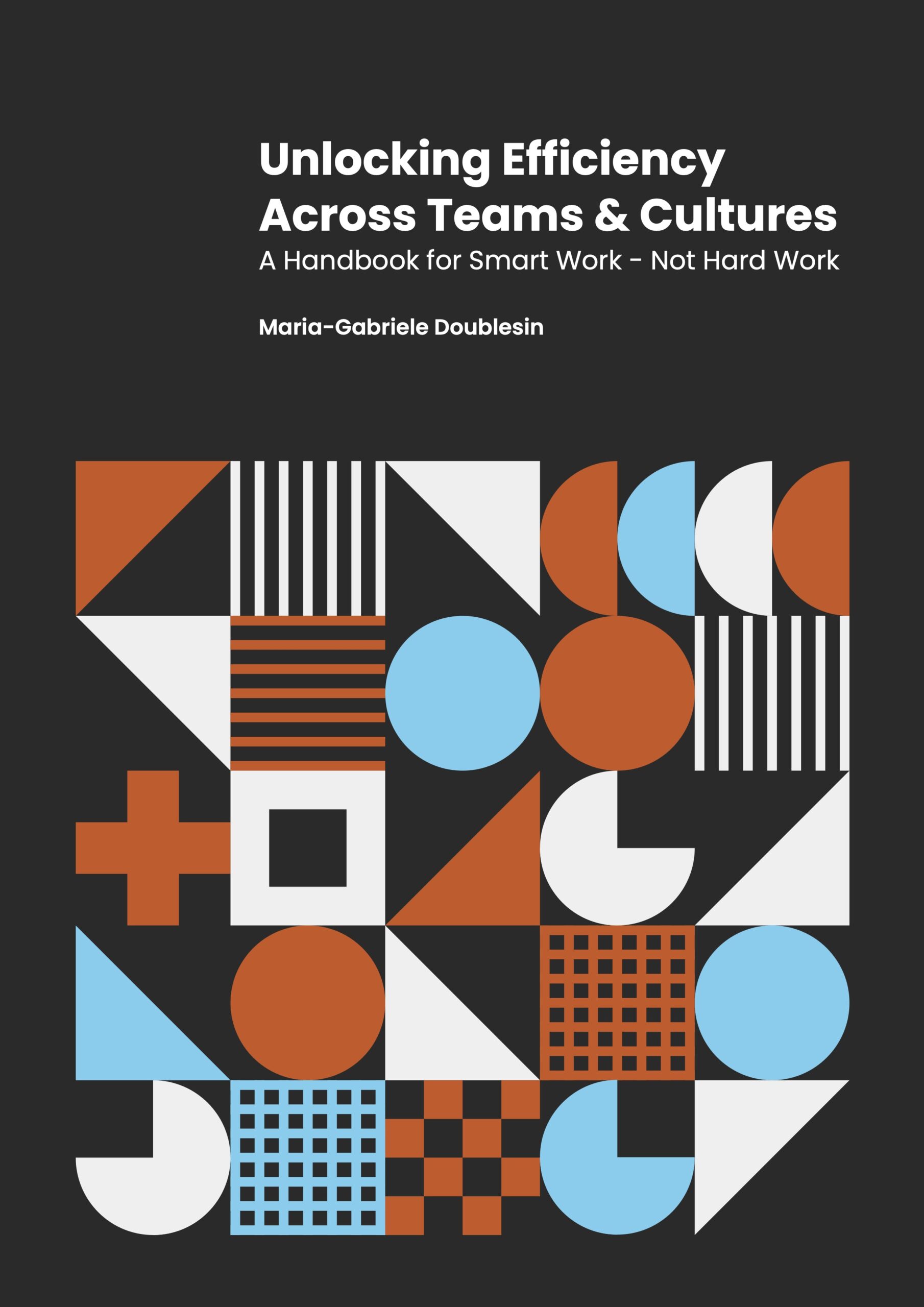A self-test about attitude and prediction of behaviour
A while ago I created a quiz as a self-test about attitude and prediction of behaviour. Good knowledge about attitude is a very important skill for leadership competence and it also plays a vital role in any reset and repair strategy. It is the ability to review attitudes and how these influenced decisions that guide the evaluation of choices that were made. Further to this, knowledge about attitude also guides the assessment of goals and appraisals of a situation in question.
In short, understanding attitudes is key in predicting which behaviours people are most likely to engage in and also which products the customer will be most likely to buy (Albarracín, Johnson, & Zanna, 2005; Duckworth, Bargh, Garcia & Chalken 2002). With the technical assistance of Matteo Privitelli from CORE Platform, I prepared 10 questions. The quiz could only be taken once and the number at the end showed you how many right answers you gave. No personal data was collected here.
Today, thanking everyone taking the quiz, Matteo Privitelli and I present underneath the outcome of the quiz and the resulting implications:
Quiz Outcome Average mark of correct answers: 32%
From the initial score of 32% average mark, it is evident that the optimal answers/behaviours/attitudes are not followed, and it also shows that many people still do not understand much about drivers of behaviour and how attitudes are shaped.
Interestingly, there was no one answer from all the respondents that had the same replies. Moreover, Q7 (Under which of the following conditions would people be NOT likely to vote for a political candidate?) had the lowest score of 0% while Q4 (Mary would be most likely to pay attention to facts about the risks of COVID during a staff meeting and remember the facts for a long time if…) reached 67% which was the highest. This gives clear evidence that there is a lack of understanding and know-how about attitude and decision-making processes.
It might be noteworthy in this regard that personal experiences and influences might have encouraged respondents to answer in a particular way and differently from each other.
Another interesting point that Matteo and I noticed was that even respondents gave wrong answers/solutions to certain questions, they were not alone in picking that answer. So, for instance, in Q1 (All of the following are true about attitudes, except one. Which is false?), one third out of all the participants got it right while the rest of the participants chose either answer option 1 (Attitudes are evaluations of people, objects and ideas) or answer option 4 (Attitudes can be changed with persuasive communications), which indicates that they chose the same ones, despite being wrong. Thus, in this case, it can be assumed that personal experiences and influences played a crucial role in their decision making.
Coming back to the above mentioned lowest and highest scoring question, what was interesting to note is that the highest score was achieved on a question relating to C-19, which is an extremely pressing issue right now. In this question, one believes that, if the Speaker is world-known on the subject, it would encourage him/her to be more attentive. The correct answer, however, is of course the speaker emphasising the virus spread in the community (which hits close to home) while there are no distractions. 4 respondents chose this, and I too would have chosen this personally, especially since distractions nowadays, and there are plenty of them, can disrupt entire discussions and ruin attention.
As for Q7, many people vote for candidates using their emotions and which could explain why half the participants chose the answer ‘option1’. It is interesting to note that even in this question, the term “distraction” is used, participants believed that if they were distracted while watching TV Ads regarding the candidate, they will not be likely to vote for the candidate.
- Results of the answers to Q1 (All of the following are true about attitudes, except one. Which is false?) clearly indicate that people do not understand how attitudes work. Only 33% answered correctly while the others still do think that attitudes rarely change over time. Personal experience might also play a part in this in the sense that the people who answered incorrectly, might have met with people who had the same attitude for years.
- The same can be said about Q2 (Tom wants to buy a puppy. He does some research and decides to buy an English springer spaniel rather than a great Dane because they are smaller, more active, and good with kids. Which type of attitude influenced his decision?) where the score was also 33%. While a few people did go for the cognitive-based attitude, others still felt that they would choose a breed over the other due to other forms of attitudes.
- Q3’s (People will be most likely to change their attitudes about smoking if an antismoking ad) results show that the respondents were mostly incorrect, although their answers are understandable. Whereas the correct answer was showing graphical images of damages of smoking, many said that success stories will more than likely encourage them to quit smoking. In this case, hearing from people’s experiences and success stories might leave a better impression than simply showing negativity and the negative implications of something like, in this case, smoking.
- Q5’s (According to reactance theory, what of the following public service messages would be least likely to get people to wear seat belts?) responses are also related to what we mentioned for Q3. Whereas the correct answer is answer option 3, which speaks of the law and might seem more direct and, to an extent, threatening, 50% chose answer option 1, which politely asked people to wear their seatbelts. This might mean that people would respond much better to kinder advice and requests rather than more direct and aggressive orders.
- What is interesting about Q6’s (You are trying to sell a new electronic toothbrush at the airport to busy, distracted travellers. Which of the following strategies is least likely to be successful at getting people to buy a toothbrush?) answers is that many people are still very much influenced by celebrities or big names. Thus, whereas one would normally pick a toothbrush based on facts and its good properties, many more (in this case 4 out of 6) would buy a toothbrush if a famous actor/celebrity used it or if a friend who looks like a movie star was on the flier.
- On persuasion, half of the respondents agree that only through forbidding something or someone can fully persuade something to happen or someone to make a choice. This was also the correct answer. When it is the law or simply forbidden, people will tend to move on and not risk any trouble by ‘rebelling’ and buying a product that is forbidden. Part of the reason for this is because many people know of the repercussions related to breaking laws and rules.
- The correct answer in Q9 (In a survey, Michel reports that he agrees with wearing a seatbelt. According to the theory of planned behaviour, what else will predict whether Michael will wear a seatbelt on a given day?) was “his best friend was in the care and he also wore a seatbelt”. Only one third of the respondents chose this while half of the respondents however believed the correct answer to be A1 which said that the person generally agreed that safe driving was important. In this case, it may be quite likely that the respondents themselves agree on this and that is why they picked this answer. When one thinks objectively, however, it will become clearer as to why seeing others do something, will encourage you to do the same.
- Q10 (Suppose that while you are watching a film at a movie theatre the words “drink Coke” are flashed across the screen at speeds too quick for you to see consciously. According to research on subliminal perception, which of the following is true?) is a clear example of how influential ads are in our lives. 67% of the respondents practically said that, even though the messages flashed on the screen, they would still buy a coke. Only one respondent would not buy a coke while another believed that flashy ads would make him/her buy a coke even less.
About the authors
 Maria Gabriele Doublesin is one of the consultants qualified for business reengineering and transformation listed with Malta Enterprise for the Business Re-Engineering and Transformation Scheme and recommended by the Malta Chamber of Commerce. With over 30 years of practical experience working with organisations and executives in the Middle East, South America, and European countries, as well as for Maltese companies and NGO’s, and combined with her academic background in psychology and transcultural community counselling Maria Gabriele has gained a deep understanding of how individuals relate to challenges and opportunities a business may encounter.
Maria Gabriele Doublesin is one of the consultants qualified for business reengineering and transformation listed with Malta Enterprise for the Business Re-Engineering and Transformation Scheme and recommended by the Malta Chamber of Commerce. With over 30 years of practical experience working with organisations and executives in the Middle East, South America, and European countries, as well as for Maltese companies and NGO’s, and combined with her academic background in psychology and transcultural community counselling Maria Gabriele has gained a deep understanding of how individuals relate to challenges and opportunities a business may encounter.

Matteo Privitelli is the Executive Manager of CORE Platform. Besides his Master of Arts in hospitaller studies, he also holds a Master of Arts Degree in Diplomatic Studies, with a focus on European history, international political economy, media and journalism, international security, and conflict resolution as well as on international Law, the European Union and United Nations, NGOs, INGOs.





